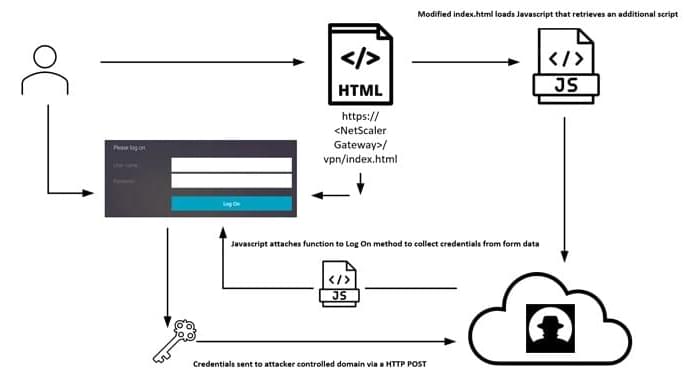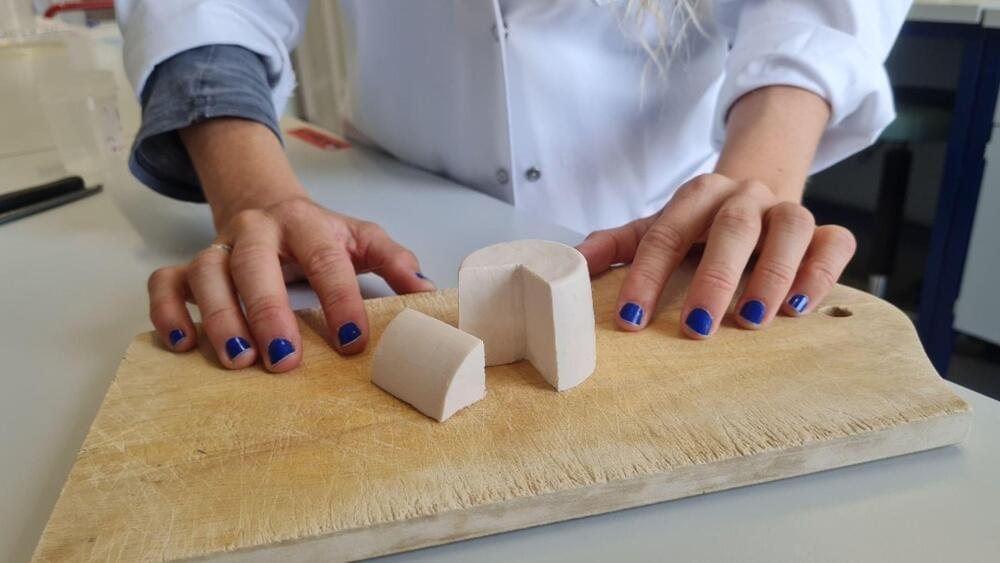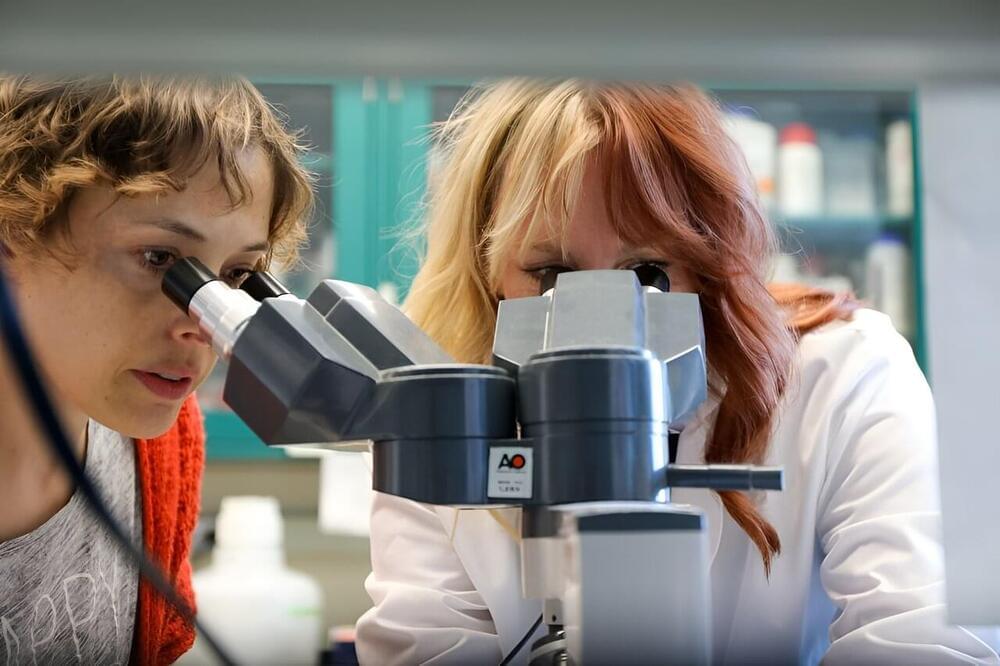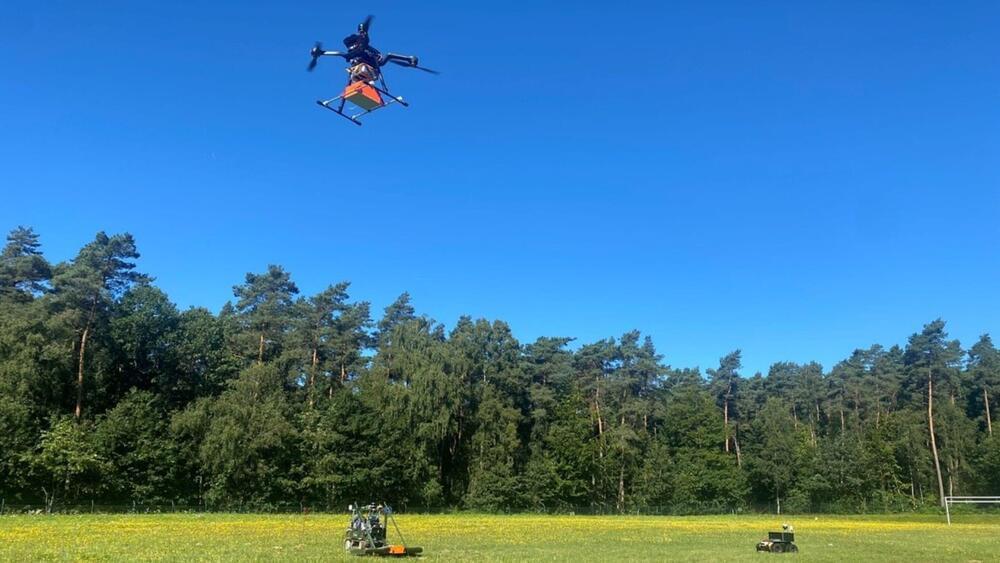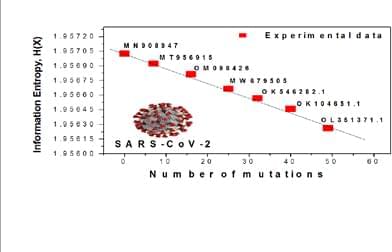Oct 10, 2023
Spheroids vs. Organoids—A Data-Driven Approach for 3D Culture Model Selection
Posted by Shubham Ghosh Roy in categories: bioengineering, biotech/medical, life extension
In this October 13 Learning Lab, Hilary Sherman, a Senior Scientist in the Corning Life Sciences Applications Lab, and Robert Padilla, a Field Application Scientist at Corning, dive into the topic of 3D culture techniques and why these technologies should be a part of any researcher’s repertoire.
Three-dimensional (3D) cultures such as spheroids and organoids are an important part of the research model market, helping to close the gap between cell cultures and animal models. Both organoids and spheroids have been used to create in vivo-like tissue models of cancer subtypes to study novel therapies and to make models for tissue engineering and regenerative medicine studies. But there are some key differences, with important implications for various applications. The right tool for a project is not always obvious. For spheroids and organoids, knowing where the cultures are similar and where they differ will help scientists select the best resource for their projects the first time around.
